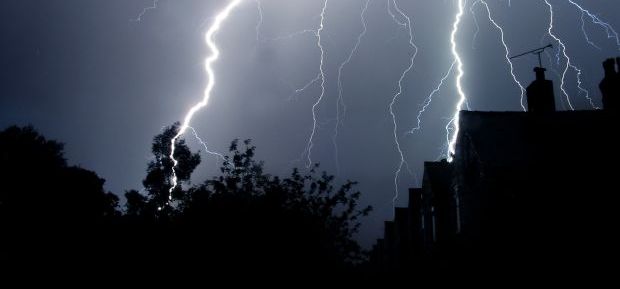
Dr Chris Smith from the Naked Scientists told This Way Up’s Simon Morton that a new study suggests that climate change looks set to increase the rates of lightning strikes worldwide.
Globally, there are more than 2000 thunderstorms occurring at any moment, with lightning striking the Earth below about 100 times every second. Lightning strikes also cause fires; half of the wildfires reported in the US are attributed to lightning strikes, and every year there are human victims.
Now research by University of California, Berkeley, scientist David Romps and his colleagues in a paper in Science, suggests that climate change could increase the intensity and frequency of thunderstorms by at least 12% per degree of temperature rise. Applying the results to 11 different climate models, suggests that lightning strikes are likely to become 50% more frequent by the end of the century.
The Berkeley team reached their conclusions by using data from a large network of sensors across the US mainland which can pick up radio pulses produced by lightning strikes. This strike data was then matched up with temperature and precipitation measurements for each place.
Higher temperatures mean more convective power, while water-saturated air supplies the ice crystals - or hydrometeors - that rub together to "charge up" thunder clouds. The product of the two, the researchers found, is strongly correlated with lightning frequency. This means that temperature changes anticipated through the effects of climate change are likely to increase the overall strike frequency.
A further complexity is that lightning itself modifies the atmosphere, producing oxides of nitrogen. These are themselves greenhouse gases, which are likely to accelerate the process yet further.
Dr Chris Smith from the Naked Scientists talks to Simon Morton.

